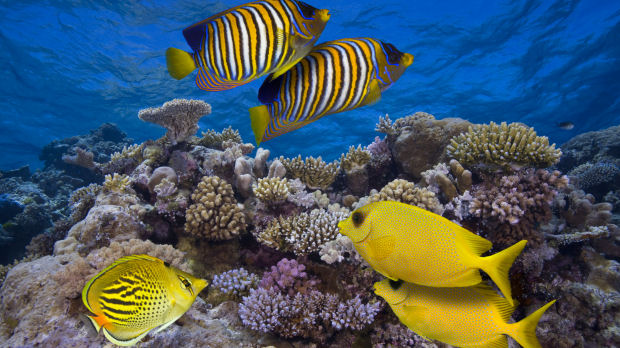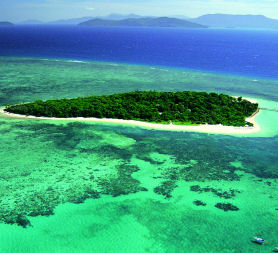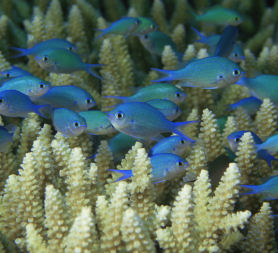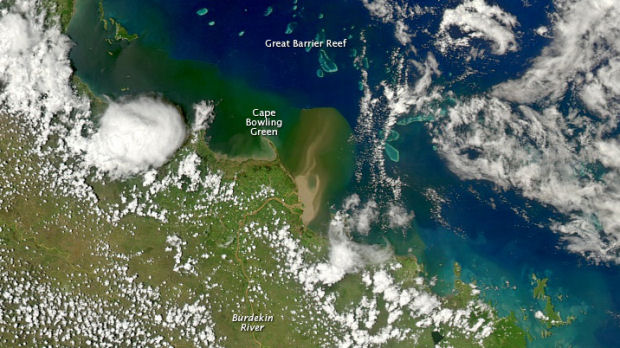Australia floods: Great Barrier Reef damage could last years
As parts of Australia experience more flooding, one scientist writes for Channel 4 News about the impact on the Great Barrier Reef. Dr Britta Schaffelke says the damage could last several years.

The flooding of major Queensland rivers is a major concern for the marine environment.
The flood waters bring immense amounts of freshwater into the coastal marine environment, which can kill marine life such as corals and seagrasses.
Other materials contained in the floodwaters such as silt, nutrient and pollutants, such as pesticides (mostly from eroded soils), can have negative effects on the marine environment, which are likely to last for months to years and can impede the recovery of organisms.
In some areas, especially in Moreton Bay adjacent to Brisbane, there will be also an issue with pollution from oil, sewage and debris.
Read more: what causes such severe weather?

For the Great Barrier Reef (GBR) we are, at this stage, mostly concerned about the inshore coral reefs (20-30 km from the coast), and mainly the reefs in Keppel Bay, close to the city of Rockhampton which have experienced major flooding from the Fitzroy River, which drains into Keppel Bay.
The weather, especially the wind direction and strength, over the next days and weeks will determine whether the flood water “plume”, which is currently constrained to Keppel Bay and is travelling along the coast in a northward direction, will reach the reefs further offshore. This is what happened during the 1991 flood of the Fitzroy River.
Currently the offshore reefs – most of the Great Barrier reefs – are at this stage unaffected.
Because the freshwater floats on top of the seawater, we are mainly concerned about the corals and other organisms in shallow water close to the coast. The combination of low salinity and high turbidity (which shades out the light for the marine life) will most likely be a lethal combination for the reefs and seagrass meadows inundated by the plume.

Corals respond to freshwater influence with coral bleaching (a loss of the symbiotic algae, similar to what has been observed in extremely hot summers in the past); they may die or recover depending on how badly affected they were.
I have had a number of reports of bleached corals from inshore reefs in the last few days, from Keppel Bay but also further north in the inshore GBR.
This shows that while the most extreme flood is in the southern GBR, the floodwaters of this major and several other minor floods have already widely dispersed along the coast . Current hot weather is exacerbating the situation.
Depending on the scale of damage we expect the recovery of the reefs to take several years.
Depending on the scale of damage we expect the recovery of the reefs to take several years.
A concerted effort of several science agencies and state departments is underway to measure the water quality in the affected coastal and offshore areas and, as soon as possible, also to assess the damage to the marine environment, once the situation has improved and divers can be sent into the water.
The recovery of reefs and seagrass meadows will be followed up by existing long-term monitoring programmes.
The wet season is just starting in North Queensland and this summer is predicted to be a wet one due to the La Nina climate pattern. There are likely to be more heavy rainfall and more flooding along the GBR coast, potentially further affecting the GBR lagoon and the reef over the next two months.
(A satellite image from NASA shows the Great Barrier Reef)

Dr Britta Schaffelke is a research team leader in water quality and ecosystem health at the Australian Institute of Marine Science